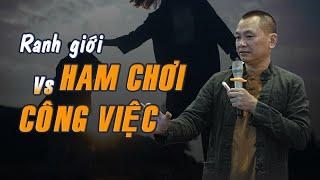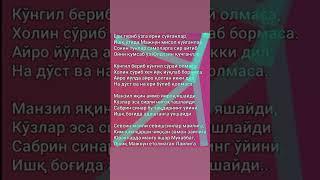
What is Reactive Power in Electric Circuits?
Комментарии:

Great analysis for basic electrical engineers
Ответить
Sir, can you please explain as to why it is called reactive power
Ответить
Active Reactive Newton 3rd law
Pure energy storage circuit energy flows back and forth.
I now understand p=v.i by looking other way dw/dt =dw/dq.dq/dt (dw/dq = v, dq/dt=i)
Thank you for insightful technical educative video.

If you put diode in the circuit doesnt "flows back to source" explanation fall apart???
Ответить
IMHO there should be few words how reactive power compensation works...
Ответить
*Abstract*
This transcript explores the concept of reactive power in electrical circuits containing energy storage elements like capacitors. Here's a summary of the key points:
*What is Power?*
* Electrical power is the rate at which electrical energy flows (`P=dW/dt`).
* Power can be expressed as the product of voltage and current (`P=VI`).
*Power Flow in a Circuit with a Capacitor*
* When a voltage source is connected to a capacitor-resistor circuit, current flows into the capacitor, storing energy.
* When the source voltage decreases, the capacitor discharges, returning energy to the source.
* Power flow into the capacitor represents energy storage; power flow back from the capacitor represents energy release.
* Energy dissipated in the resistor is lower than the total energy supplied, reflecting the storage/release mechanism.
*Sinusoidal Input and Phase Difference*
* With a sinusoidal AC source, the current through the capacitor lags the voltage, creating a phase difference.
* This phase difference leads to an oscillatory power flow, where energy is alternately stored and returned.
*Active vs. Reactive Power*
* *Active power* is the average power delivered to the circuit, causing energy dissipation in resistive elements.
* *Reactive power* is the amplitude of the sinusoidal component of power flow due to the presence of energy storage elements (capacitors, inductors). It represents the power associated with energy storage and release, not dissipation.
*Key Points about Reactive Power*
* It is a real component of instantaneous power, not imaginary.
* It exists when a circuit contains energy storage elements.
* Its value depends on the amplitude of voltage and current, as well as the phase difference between them.
disclaimer: i used gemini advanced 1.0 on 2024-02-26

Thanks, so can we say that reactive power (due to L and C in circuits) is an unwanted phenomenon, but we have just to deal with it when we have some compobents?
(It decreases the effective power -> therefore "unwanted")

Great video sir! Q: at t=0, I presume the capacitor is fully charged, correct?
Ответить





![[#유퀴즈] 목표는 일단 100등 진입 대학교수 아버지를 둔 중3 자기님의 해맑은 목표 [#유퀴즈] 목표는 일단 100등 진입 대학교수 아버지를 둔 중3 자기님의 해맑은 목표](https://ruvideo.cc/img/upload/MExZejlhMElxdjE.jpg)



















